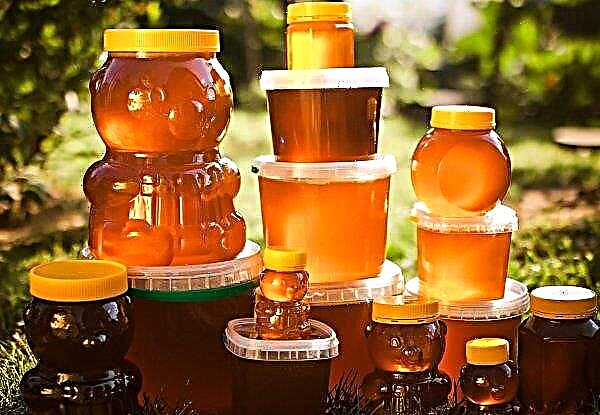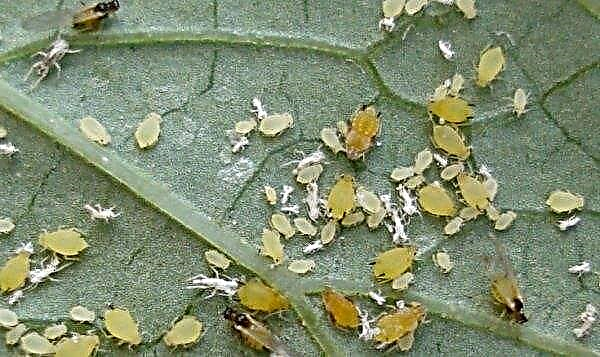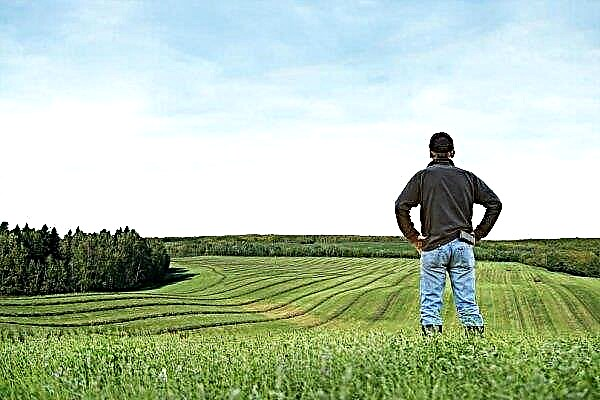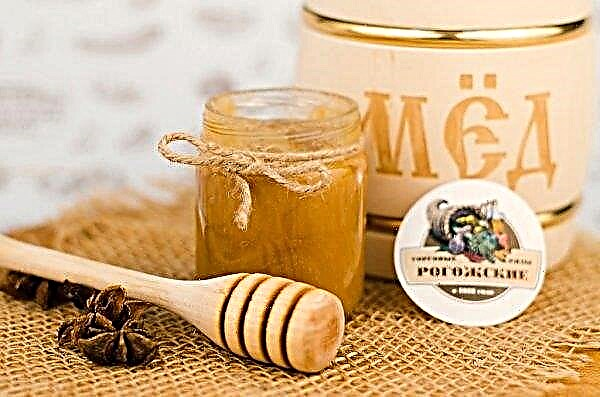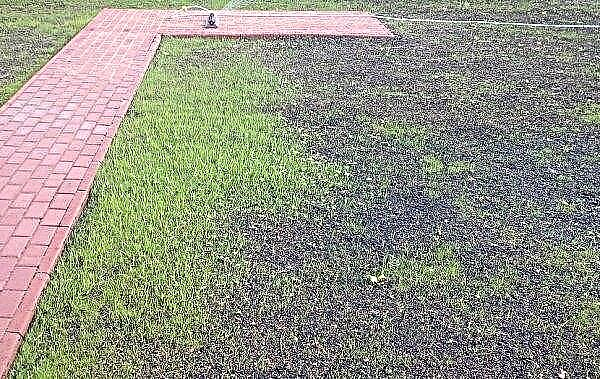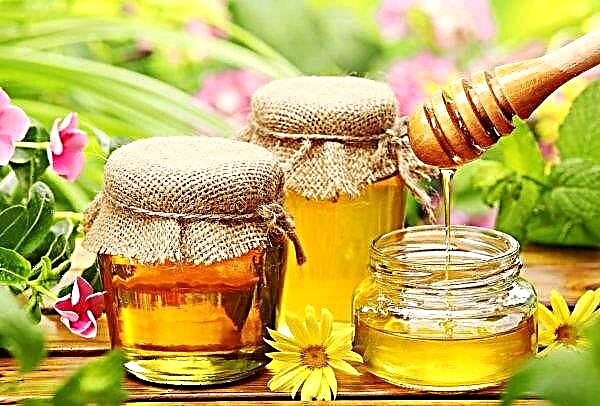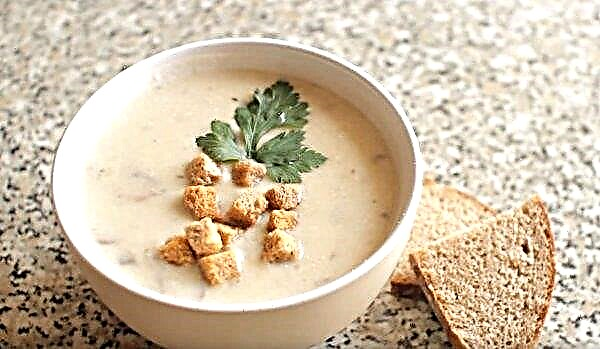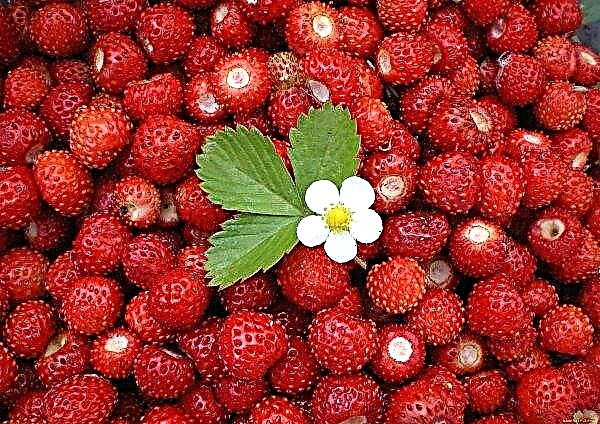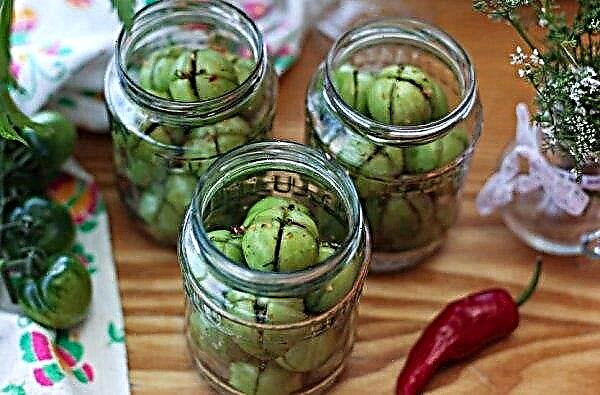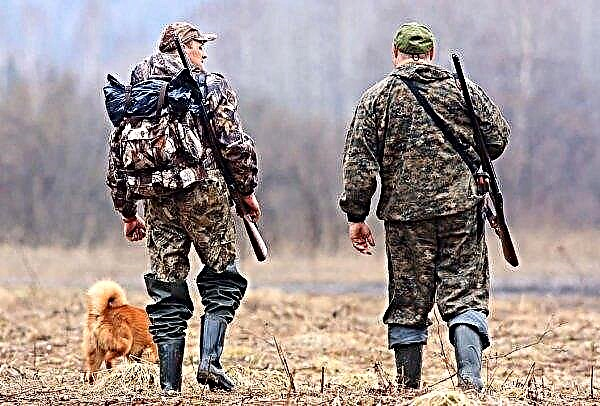Fir-trees are widespread among gardeners and landscape designers. They are used for landscaping, improving the ecological characteristics of a particular area, creating unique compositions of rockeries, rock gardens, etc. One of the attractive species in this regard is Ayanska spruce.
Botanical Description
This species belongs to the genus Spruce, the family - Pine. According to external data, it is similar to ordinary spruce. The Latin name is “Picea jezoensis”.

Botanical description of the plant:
| Life form | a tree 35–40 m high, in a culture no more than 8 m, in diameter reaching 100–110 cm |
| Rhizome | pivotal with many surface gains, due to which the plant tolerates strong wind gusts and can grow in mountainous areas at a considerable height above sea level |
| Crown | symmetric, pyramidal |
| Shoots | pale yellowish brown, smooth, located almost horizontally to the trunk |
| Bark | gray-brown, with deep cracks, rough, flaky flakes |
| Needles | short to 20 mm, leathery structure, pointed at the ends, green with two white stripes in the stomatal region |
| Bumps | arranged individually, have the shape of a cylinder, painted brown, length from 3.5 to 8 cm |
| Seeds | ovoid, brown with wings several tones lighter |
In culture, vegetation has a small increase. During the year it grows only 15–20 cm. It is characterized by high winter hardiness. This breed freely tolerates frosts within -40 ...- 45 ° С.
Coniferous cover on the branches is preserved year-round. Flowering and pollination of buds occurs in May-June. In terms of soil, the culture is not demanding. Suitable for growing on light and medium, and even on heavy soils.
Did you know? In the coniferous forest it is warmer in winter and cooler in summer. This is due to the ability of the needles to retain heat and moisture.
Growing area
The considered tree species is not widespread.
Its natural habitat is mainly the Far East:
- northeastern part of the Korean Peninsula;
- northeastern part of China;
- Japan - Hokkaido Island, in isolation central Honshu;
- Russia - the mountains of Sikhote-Ailin, Sakhalin, Kamchatka, the south of the Kuril Islands, rarely in the mountains of the Amur Region and in the south of Yakutia;
- the west coast of the Sea of Okhotsk.

The plant prefers a cool, humid climate. On the southern borders of the distribution area, it mainly settles at an altitude of 500 m above sea level, and in the north - in a lower area. Under natural conditions, the species is not found at a distance of more than 400 m from water bodies.
Popular varieties
The species of Ayan spruce is listed in the Red Book and is on the verge of extinction.
In total, there are 2 of its subspecies according to the geography of distribution:
- Picea jezoensis jezoensis - distributed throughout the range;
- Picea jezoensis hondoensis - found only in the high mountains of central Honshu.
The first subspecies is used in culture. In total, no more than 10 varieties are known.
Of which are common:
- Nana Kalous. The plant is a squat bush without a pronounced central conductor. The height of the adult specimen is 1 m. The crown has a spherical shape. Branches are located at an acute angle and horizontally. Lateral gains are multiple. The needles are short, painted in an emerald-bluish tint.

- Aurea - differs from the tree already described by the color of the needles. In this specimen it is yellow with a clearly visible white inside.

- Yosawa - is an exact dwarf copy of a large form. It features bright bluish stripes on the needles.
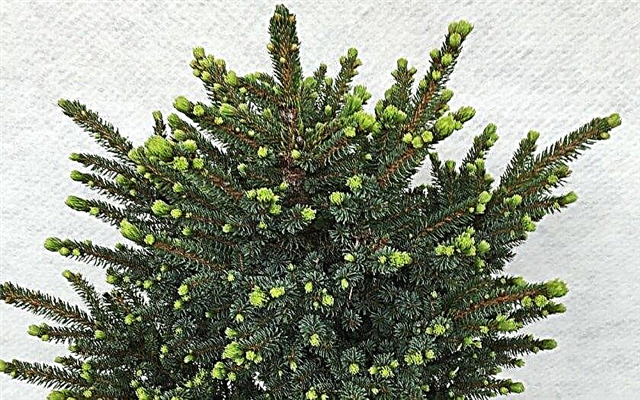
Landing
The first step should be to find a suitable territory on the site. Ideal location on the open southern or eastern slope. If there is no such place, it is worth choosing the most lighted area without shading.
Important! Buying an ayan seedling is necessary only in a specialized nursery that can provide quality certificates for its products. Due to the fact that the culture is quite rare, there is a great risk of acquiring a Christmas tree of another variety.
The plant is unpretentious to the soil, but it is necessary to provide good drainage. The soil should be loose, moist, but not marshy. Six months before buying a seedling, you need to prepare it. For this, a deep digging should be carried out (40 cm). Add 20 kg of sand, 20 kg of peat and the same amount of leaf humus for every 1 m² of land.

After this, digging should be carried out again, to a depth of 20 cm. If the soil is sandy loam, the preparatory measures will consist only in deep aeration of the soil (40 cm). The most suitable moment for landing is the end of April and the beginning of May.
Phased landing process:
- Prepare a hole - dig a hole 1.5 times the size of the rhizome, excluding the drainage layer (20 cm).
- Cover the bottom of 20 cm of drainage (broken brick or expanded clay).
- Mix the upper 20 cm of the soil from the indentation in the ratio 2: 2: 1: 1 with leafy, soddy soil (can be taken in the coniferous forest), peat and sand. On sandy soil, instead of the last element, you can use compost or increase the amount of leafy soil.
- In the center of the hole organize a hill. In the middle of it, make a recess similar in size to the root root.
- Place the plant in a pit, installing a core root in the central recess, and carefully spread the additional ones around the entire perimeter of the free space around. Make sure that the root collar is slightly above the ground. Fill the voids with soil.
- Pour a seedling of 20 liters of water.
- Mulch the trunk circle with compost or sawdust mixed 1: 1 with peat. Layer height - 5 cm.

Spruce care
A mandatory event in organizing the care of the type of spruce under consideration is watering. The soil must be kept constantly wet. Watering is carried out every week in the first year of planting, spending 10 liters of water per plant. Subsequently, the soil is moistened as it dries, while maintaining fluid flow at the same level.
To increase the flow of oxygen to the root system, as well as the prevention of various diseases, after each watering and rain, loosening is carried out, followed by the addition of mulch. This approach will not only provide the roots with nutrients, but will also allow moisture to remain in the soil for a longer period.

Also, the plant will need fertilizing.
Schedule:
| end of April - beginning of May | "Pocon" or "Greenworld" according to the instructions |
| July | in water for irrigation every 10 days add 1 tbsp. wood ash |
| end of September - beginning of October | 40 g superphosphate per barrel circle |
Forming trimmings will not be required for this plant, because it already has a beautiful crown shape. The only thing that needs to be done is to regularly remove damaged, bare, dried and growing shoots inside. After the manipulation, the branches are necessarily treated with wood ash and the cuts are closed with garden varieties to prevent infection.
Important! When choosing fertilizers for spruce, be sure to read the composition - it should have a minimum nitrogen content. Otherwise, the branches will begin to give a strong growth, which will not have time to ripen by the fall, and will freeze during the first frosts.
Breeding
Propagate the plants in question is best rooted cuttings. Of course, seeds can be used for this purpose. But the trees begin to bear fruit from 25 years. They themselves give seeds every 4 years. Given such a time frame this method is suitable only for those who live in regions where there are natural forests with ayan spruce.
To propagate plants using cuttings, choose the lower strong branches. They are carefully cut off at the very base of the trunk. Then placed in a glass with a growth accelerator. You can use "Epin" for this. Bred him according to the instructions. In the finished solution, the stem is kept for 12 hours. Then the liquid is drained and ordinary water is poured.
 After this, the first roots appear. It is also possible, after soaking in a growth accelerator, to immediately root the cuttings in a substrate consisting of sand, peat and soddy soil in equal amounts.
After this, the first roots appear. It is also possible, after soaking in a growth accelerator, to immediately root the cuttings in a substrate consisting of sand, peat and soddy soil in equal amounts.
Growing planting material for 2 years at home, providing standard care, including watering, loosening, fertilizing. After 2 years, in the spring, they land in open ground on a previously prepared site.
The use of wood in landscape design
Most often, dwarf varieties are used in landscape design.
They look great in:
- mixborders;
- alpine roller coaster;
- rockeries.

The variety is well suited for zoning a large-scale territory or decorating a house area. You can combine ayan spruce with different conifers, juniper, and also barberry.
Did you know? Tall conifers are excellent sound insulators. When landing in a row of 6 units, you can reduce noise by 25%.
The species of fir trees considered above is well suited for landscaping. It is unpretentious in leaving and differs in high winter hardiness that allows to cultivate it in cold regions of the country.




